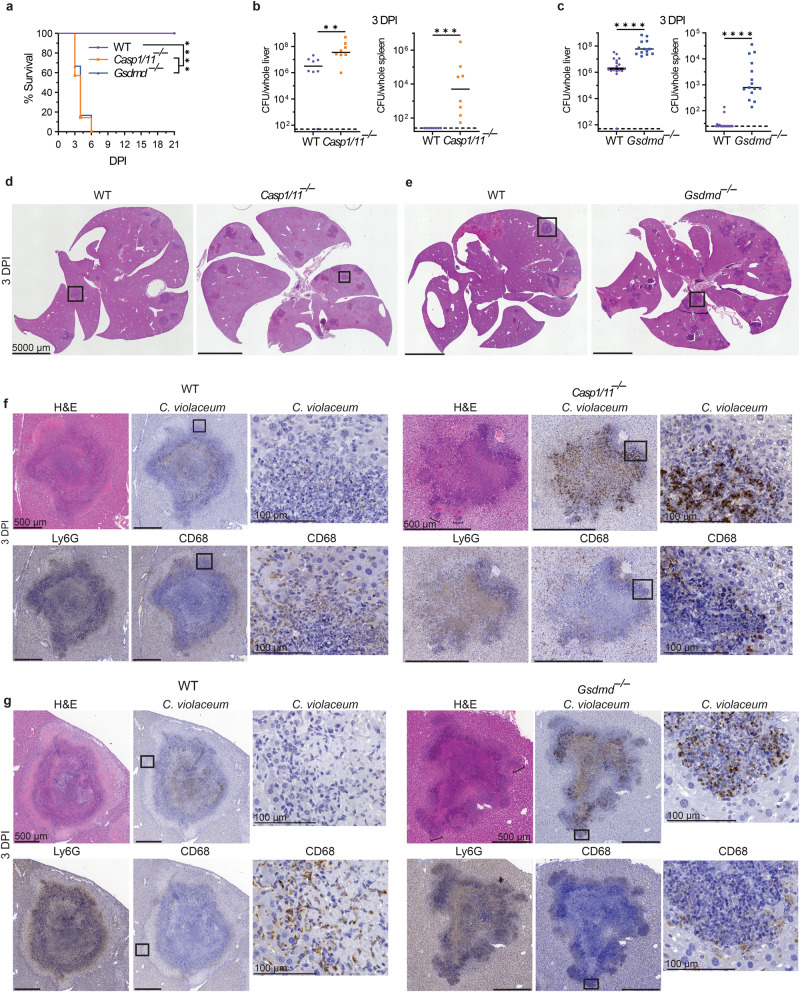Fig. 4. Gasdermin D is essential during the granuloma response.
a–g Mice were infected with 104 CFU WT C. violaceum. Dashed line, limit of detection; solid line, median. a Survival analysis of WT, Casp1–/–Casp11–/– (Casp1/11–/–), and Gsdmd–/– mice. N = 8 (WT), 7 (Casp1/11–/–), or 6 (Gsdmd–/–) mice. Representative of two experiments, each with 6–8 mice per genotype. ****p < 0.0001 (WT vs Casp1/11–/–), ****p = 0.0001 (WT vs Gsdmd–/–), or n.s. p = 0.7837 (Casp1/11–/– vs Gsdmd–/–), by Kaplan–Meier survival analysis with Bonferroni correction for multiple comparisons (α = 0.0167). b, c Bacterial burdens in the liver and spleen at 3 dpi. Data combined from two experiments; each point is a single mouse. **p = 0.0070, ***p = 0.0002, ****p < 0.0001, by Mann–Whitney test. d–g Serial sections of WT, Casp1–/–Casp11–/– (Casp1/11–/–), and Gsdmd–/– livers stained by H&E or indicated IHC markers 3 dpi. Representative of two experiments, each with 3–4 mice per genotype, each with multiple granulomas per section.

